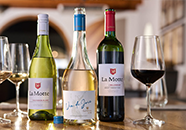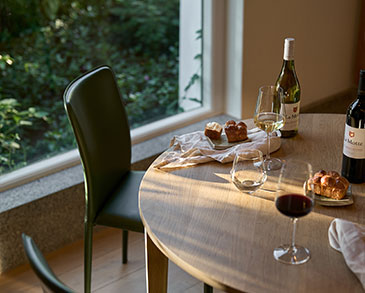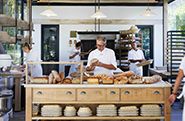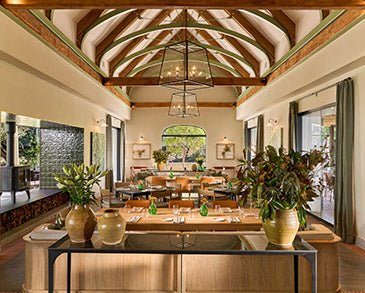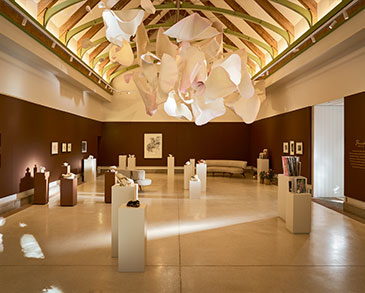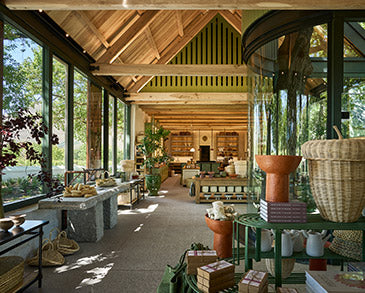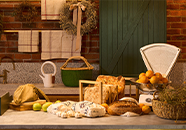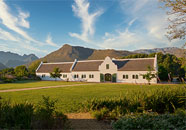
Grapes for this wine originate from vineyards at Franschhoek (68%) and Stellenbosch (32%).
As was the case during the previous year, the growing season was preceded by a good winter that ensured even budding. Ample ground-water and cool soils delayed budding, and harvesting started later. Temperatures rose, with regular rain that promoted growth and caused favourable conditions for disease. Good leaf management was required. Heavy rain was also received during middle January. The harvest will be remembered for its magnitude in the Boland. In general, ripeness occurred at lower sugars.
The Stellenbosch vineyards consist of bush-vines from the Helderberg area, while the Franschhoek vineyards are trellised. Different clones of different origins are used to promote complexity. The wine contains 6% Merlot produced in Franschhoek.
Grapes were picked in crates and cooled overnight. After cooling, the grapes were sorted by hand before and after de-stalking. Thereafter they were inoculated with selected yeasts. Fermentation was at between 23 en 28 oC. The wine was pumped over three times a day. After fermentation, extended skin contact of between 20 and 30 days was allowed. The wine was matured in 225-litre Frenckh oak barrels – 50% new, 25% second-fill and 25% third-fill – for 14 months. Thereafter the Cabernet Sauvignon was blended with 6% Merlot, for complexity and balance, and the wine was matured in the barrels for another 4 months. Bottling was in 2015 and 5 000 cartons (6 x 750 ml ) were released as 2014 La Motte Cabernet Sauvignon.
Dark red and bright in colour. Exciting berry and plum aromas framed in fruit-cake richness, with a hint of spearmint. Thick-bodied, with a fleshy consistency followed by a chalky tannin presence. The finish is earthy, lingering and fresh. Lots of rain and a larger harvest resulted in less tannin than normal, making the wine early drinkable, though rich and rewarding.
Alcohol 13,9%
Vol Total acid 6,2 g/l
Residual sugar 2,16 g/l
pH 3,50

